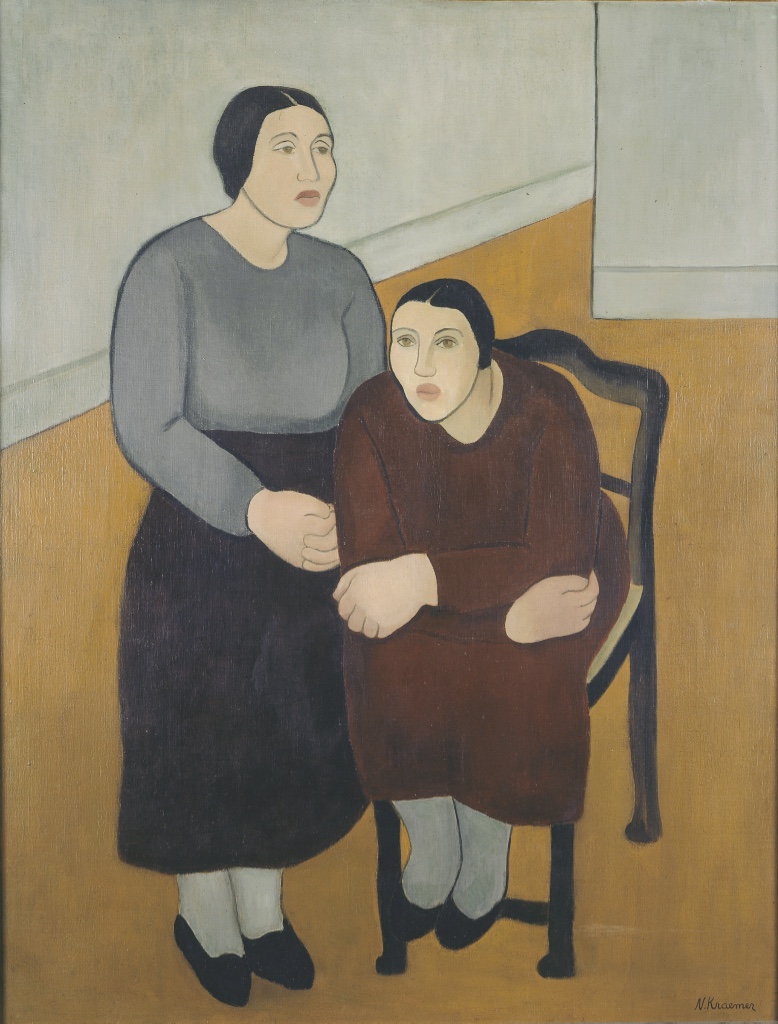Chana Gitla KOWALSKA
Январь 3, 2019Roman KRAMSZTYK
Январь 3, 2019Натали КРеЙМеР
ПАРИЖ 1891 – ДЕПОРТИРОВАНА В ОСВЕНЦИМ В 1943 Г.
Натали Креймер родилась в семье польских евреев. Она родилась в Париже, куда перебрались её родители. С раннего возраста она интересовалась изобразитель- ным искусством и поэзией. В 1926 году Натали Креймер получила литературную премию и опублико- вала произведение Rising Voices (утерянное на сего- дняшний день). Она посвящала большую часть своего времени живописи и выставляла свои работы в Салоне в Тюильри и Салоне Независимых.
В 1936–1938 годах она создала немало картин. Во время войны Натали Креймер скрывалась, но продолжала заниматься живописью. В 1943 году она была арестована и депортирована в Освенцим. Некоторые из её картин были спасены коллекционером Гранзиани. На сегодняшний день её работы хранятся в Израиле в Университете Хайфы (коллекция Оскара Геза) и в Малом дворце Женевы.
Stories of Jewish Artists of the School of Paris 1905-1939
FRENCH-ENGLISH
Capitale des arts, le Paris des années 1905-1939 attire les artistes du monde entier. De cette période de foisonnement, un terme est resté, celui d'Ecole de Paris, qui recouvre une grande diversité d'expression artistique. Dans ce brassage dont Montparnasse est le creuset, un groupe se distingue : celui des artistes juifs venus de Russie, de Pologne et d'Europe centrale. Si leurs styles sont variés, un destin commun les rassemble : ils fuient l'antisémitisme de leur pays d'origine. Certains ont connu la célébrité dès les années 1920, tels Soutine, Lipchitz ou Chagall. D'autres n'ont pas eu le temps ou la chance d'y accéder. Près de la moitié a péri dans les camps de concentration nazis.
From 1905 to 1939, Paris attracted artists from all over the globe as the capital of the art world. This period of artistic proliferation became known as the School of Paris, and includes a great diversity of artistic expression. Within the teeming art world centred on Montparnasse, one group set itself apart: Jewish artists from Russia, Poland, and Central Europe. Although their styles were diverse, they shared the common fate of fleeing anti-Semitic persecutions in their home countries. Some became famous in the 1920s, such as Soutine, Lipchitz, and Chagall, while others did not have the time or the luck to gain renown. Nearly half of these artists died in Nazi concentration camps.





